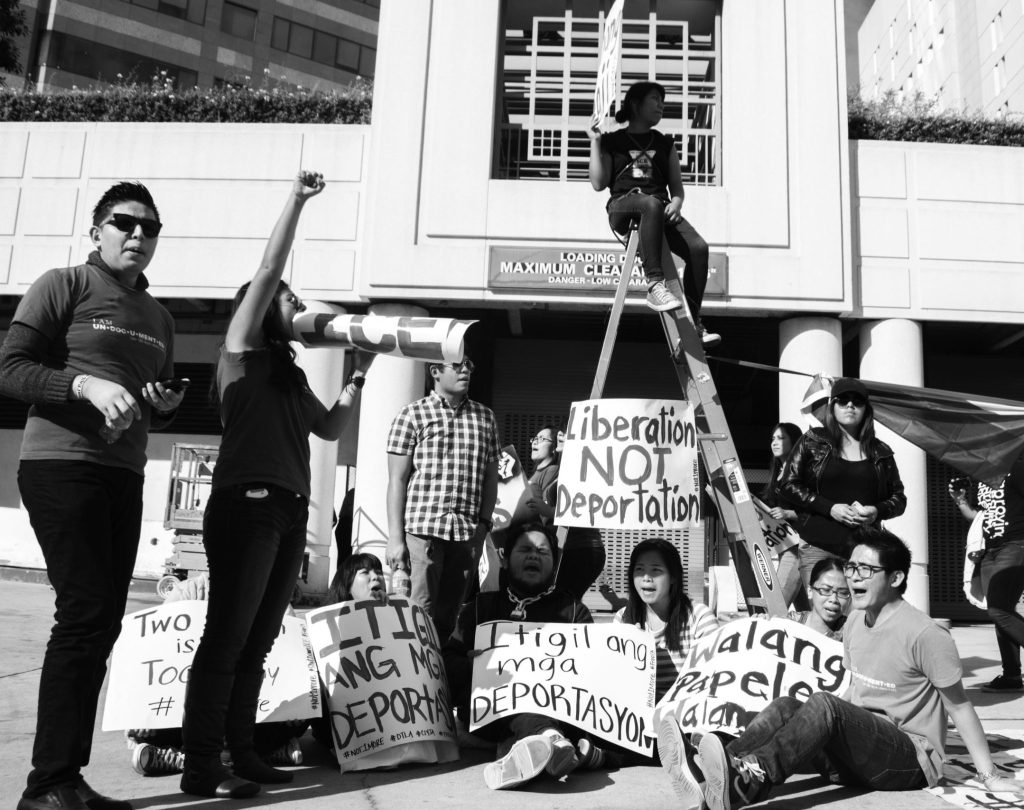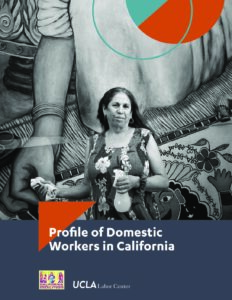-
About
AboutThe UCLA Labor Center brings together workers, students, faculty, and policymakers to address the most critical issues facing working people today.Learn More
-
Our Projects
Our ProjectsOur research, education, and policy work lifts industry standards, creates jobs that are good for communities, and strengthens immigrant rights, especially for students and youth.Learn More
- Publications
- News
-
Get Involved
Get InvolvedLearn more about how to support the UCLA Labor Center’s work or contact our staff.Learn More
- Press
About
Our Projects
Get Involved



